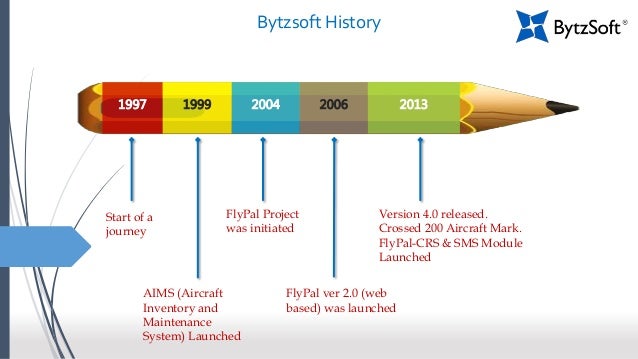

During the inspection, FAA inspectors will carefully examine the facilities and equipment to ensure that procedures, programs, facilities, and equipment meet FAA requirements and are safe and sufficient for the training program in the shop to be effective. At this point, FAA expects the AMTS facility to be complete with all the shop equipment, instructional aids, instructional aircraft, special tools, and other required laboratory or shop installations in place.
In this phase FAA will arrange with the applicant to inspect the facility. If deficiencies are found in the curriculum or in any other pre-application documents, FAA will return these documents to the applicant with a letter outlining the deficient areas. In this phase FAA reviews the submitted certification documents to ensure compliance with part 147 requirements. In this phase the applicant meets with FAA for a formal application meeting and submits all required documents for the application. The FAA will arrange for a pre-application meeting with the applicant once it has the necessary resources to proceed with the certification. The AMTS applicant must submit a completed FAA form 8400-6, Pre-Application Statement of Intent to start the certification process. In this phase applicants conduct an initial inquiry by first educating themselveson part 147 requirements, and then contacting their local FAA office and advising of their intent to pursue part 147 AMTS certification. The certification process flowchart included below provides an overview of the part 147 certification process. Advisory Circular ( AC) 147-3B and the Flight Standards Information Management System ( FSIMS) (applicable chapter reference below) contain detailed descriptions of the applicant requirements in each phase. There are 5 phases in the certification process, beginning with pre-application and ending with certificate issuance. Any questions about this process should be directed to the nearest Flight Standards District Office ( FSDO). The process ensures that programs, systems, and intended methods of compliance are thoroughly reviewed, evaluated, and tested. The 14 CFR part 147 certification process provides for interaction between the applicant and FAA from initial inquiry to certificate issuance. Each authorizing document forms a legal contract between FAA and the certificate holder.Īt this time, FAA does not certificate part 147 AMTSs outside of the U.S. 
Therefore, FAA requires high standards from the AMTS.Īn AMTS may be FAA-certificated for the following ratings:Ī certificated AMTS is issued an Air Agency certificate as well as Operations Specifications (OpSpecs) which are legal documents by which FAA authorizes the AMTS to operate and describes the schools’ operational requirements, conditions, and limitations. The knowledge, skills, and abilities required of mechanics are considerable and demand high-quality training. The regulation includes both the curriculum requirements and the operating rules for all certificated AMTSs. 14 CFR part 147 specifies requirements for the certification and operation of an AMTS. Recreational Flyers & Modeler Community-Based OrganizationsĪn AMTS is an educational facility certificated by FAA to train prospective aircraft mechanics for careers in the airline industry, in aviation maintenance facilities, and in commercial and General Aviation ( GA).Critical Infrastructure & Public Venues.Certificated Remote Pilots including Commercial Operators.Legislation & Policies, Regulations & Guidance.
 Commercial Space Transportation Licenses. Data & Research Subnav: Data & Research 1.
Commercial Space Transportation Licenses. Data & Research Subnav: Data & Research 1. #Flight school inventory maintenance managment series
Airport Safety Information Video Series.Passenger Facility Charge (PFC) Program.Airport Coronavirus Response Grant Program.General Aviation & Recreational Aircraft.Vintage & Experimental Aircraft Program.Aviation Safety Draft Documents Open for Comment.







 0 kommentar(er)
0 kommentar(er)
